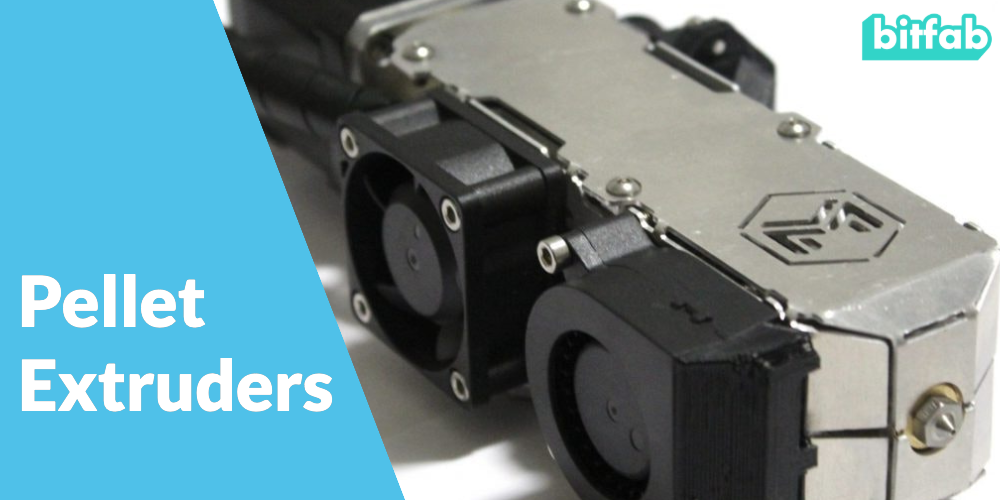Print directly with pellets, without having to use filament?
It can be done with a pellet extruder.
A new world of possibilities to print large format pieces, with any material and with wholesale plastic prices.
📖 What do you want to read?
What is a pellet extruder?
A pellet extruder is basically a part that combines a pellet melter and a pushing mechanism in one device. In this way they replace the extruder-melter assembly in our printer, so we must replace both elements by one of these pellet extruders.
The new extruder uses pellets instead of filament to work. Pellets are small beads in which manufacturers sell the plastic in bulk. In fact, the filament is made from pellets, so we are saving an intermediate step in the process (and a lot of money).
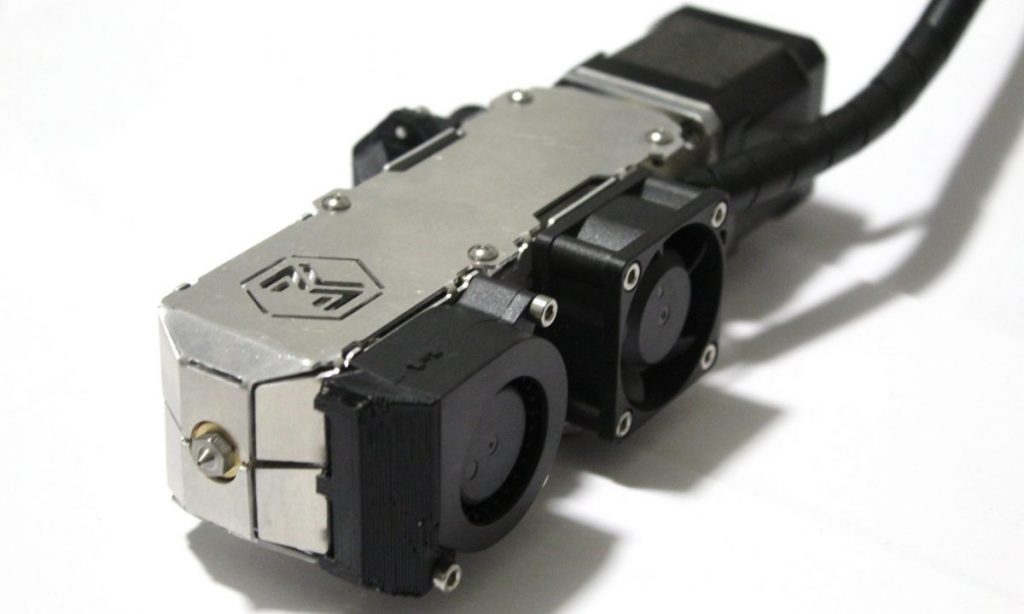
When replacing the extruder-melter assembly, a pellet extruder has to include all the functionalities that these comprise: material loading, pushing the material towards the melter, heater, thermal shock to avoid jamming, thermistor, nozzle… As a user, you only have to know that, once a pellet extruder is installed, your printer will work exactly as before, only now you will feed it with pellets instead of a filament coil (and change the steps per millimeter of the extruder).
What are the advantages of a pellet extruder?
Now that you know what a pellet extruder is, you most certainly can imagine several possible advantages. We are going to tell you about the ones we consider most relevant.
Final cost of the part
When we use a pellet extruder, the cost per part is greatly reduced, making 3D printing a quite valid option for long series of parts or very large parts that would normally not be profitable. There are two main reasons that will help us save costs: reduction in material cost and reduction in printing time.
Reduction in material cost
The material we use for 3D printing, whether PLA, ABS or other more technical material, sees its cost increased due to the industrial process needed to transform pellets into the filament we use. If we can skip this step and buy the pellets directly, we can buy the material much cheaper.

As you can see and as an example, PLA pellets (virgin, not recycled) from Smart Materials would cost us 8.95 euros per kilo. Smart Materials is not a brand that is known for being cheap, since the material they sell is of very good quality. Even so, 1 kilo of PLA in pellet format would cost us less than 1 kilo of the cheapest PLA filament you can find. This same material, if you decide to buy it in its 1.75mm filament format will see its price multiplied by 2.5, saving 14.5 euros per kilo of purchased material.

There are much cheaper alternatives and we can lower the price by buying in large quantities. Good quality PLA pellets can be obtained for about 5 or 6 euros per kilo or even less.
Reduction of printing time
By printing on such inexpensive materials and on which we can precisely control how they are melted, we can print using very large nozzles. With large format printers and pellet extruders it makes perfect sense to print using a 1mm nozzle, depositing about 300 grams of material per hour depending on the model. To give you an idea, here is an example:
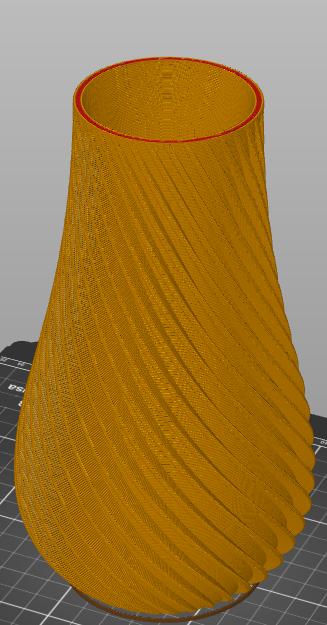
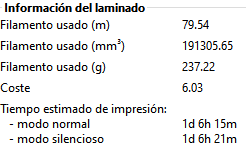
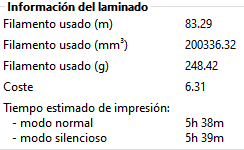
As you can see, the time is reduced significantly, also reducing the printer depreciation cost, electricity, rent of the premises, the number of machines needed…
Ability to print large parts
As we have already explained, with a pellet printer we can drastically increase the printing flow, being able to print much larger parts in a much shorter time and using a more economical material. This means that we can print in 3D things like furniture or decorative elements such as vases and sculptures. Industrial grade and large volume parts are also possible with a pellet extruder, since we can make them in a reduced time and we can also use a totally customizable material (more about this below).
Larger printers often use pellet extruders directly, as with very high material flows such as those required by larger nozzles, the filament can be difficult to operate. And the material costs of larger parts also justify the investment in a pellet extruder to save per kilo of printed plastic.
Here’s a video of the extruder in action:
Wide range of materials
With a pellet extruder you can print practically any material you can think of, from the basic ones like PLA to the more technical ones like polycarbonate (PC), TPU, EVA or even biomedical materials like PCL (polycaprolactone). These materials, besides being much cheaper than if we bought them in filament format, give us an added advantage: we can mix them or add loads of other material.
Just imagine your extruder pellet as a small filament factory, only this time you are the one who decides exactly how much of what material will be melted to create the polymer that has the best properties. In addition, there is the possibility of creating materials filled with fiberglass, carbon fiber, kevlar… For professional makers, this option is incredible because it allows you to have your own material factory at home.
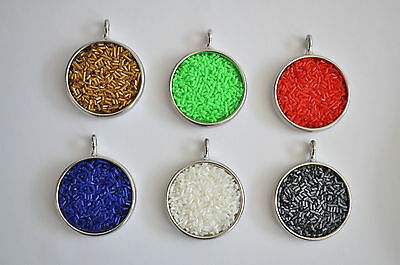
Finally, you can also create materials with the exact color you want, adding effects such as glitter or metallic highlights.
Recycling
By having a pellet extruder you can print using recycled plastic. You can buy pellets made from recycled plastic or recycle them yourself using a solution such as a plastic shredder. We have already talked more about this in our article on recycling in 3D printing.
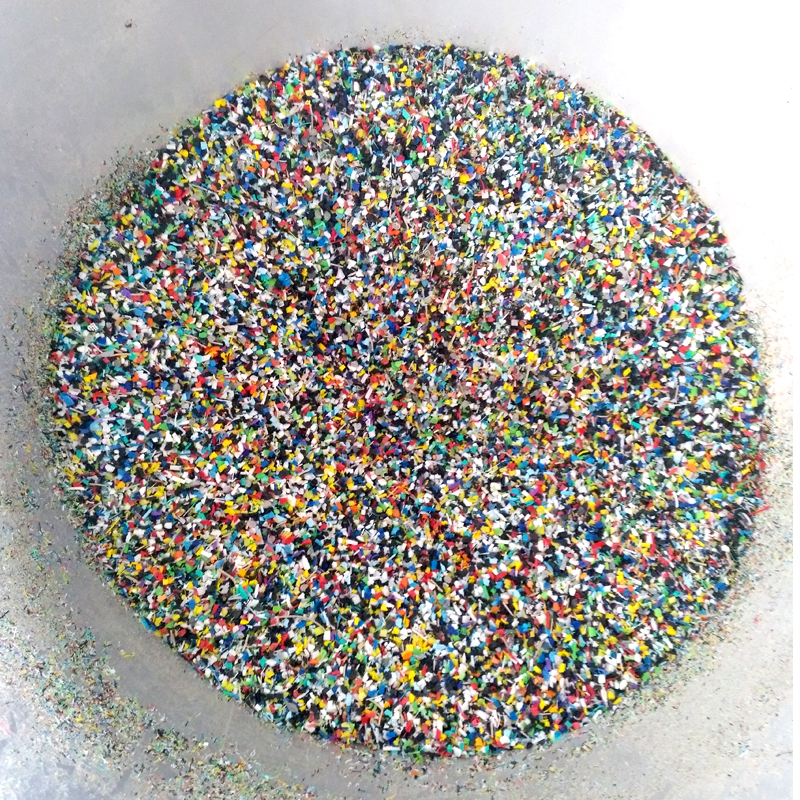
What projects are there?
There are not many pellet extruder projects today. As you know, our favorite (and almost the only one relatively known) is the Mahor XYZ pellet extruder. This extruder has been quite tested by the Spanish maker community and there are many reviews in Youtube. In their website you have all the information about it and you can buy it starting from 329 euros.
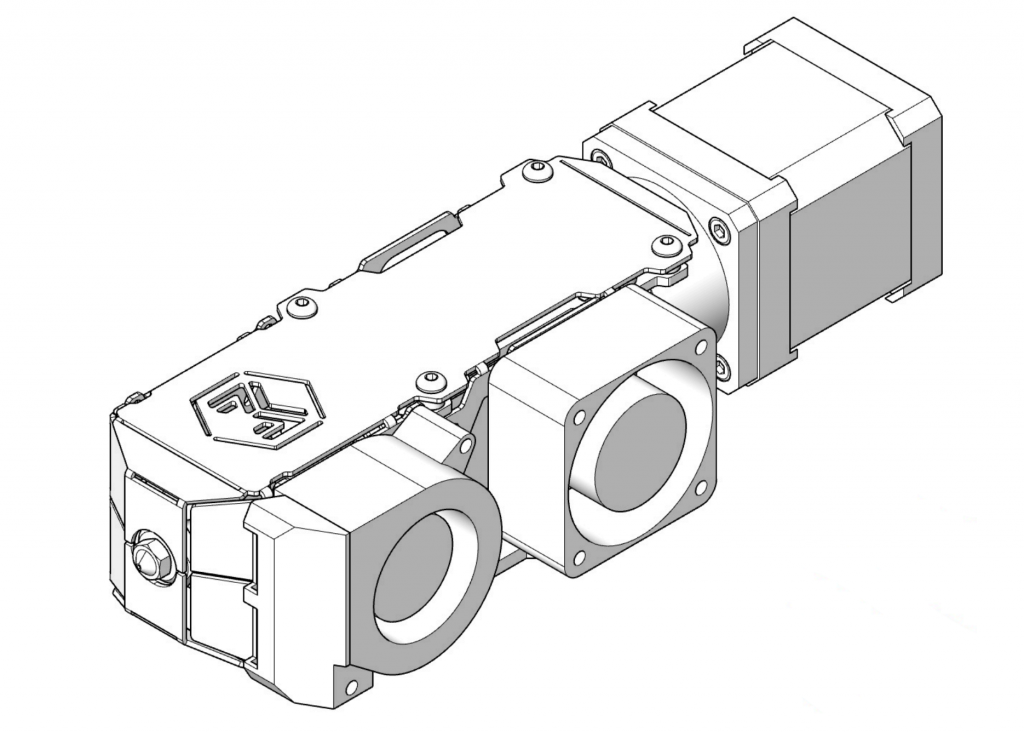
In the specific case of our favorite pellet extruder, the MahorXYZ, many improvements are included to ensure maximum reliability, such as:
- High torque motor
- High-powered heating block with adjustable position to ensure optimal flow for each material and avoid clogging
- Specially designed and machined spindle for the extruder
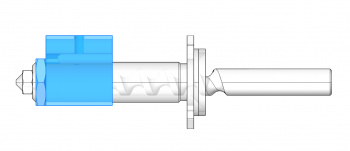
Low Flow
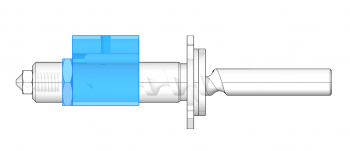
High Flow
It is a quality tool for companies and professional manufacturers who are going to use exotic materials or print large format parts.
Ask for a quote at Bitfab
In Bitfab we are up to date and we work with the best so, if you are interested in printing your parts using pellet extruders or looking to incorporate this technology in your workshop, we can help you. Do not hesitate to contact us and we will find the best solution for your specific problem.

